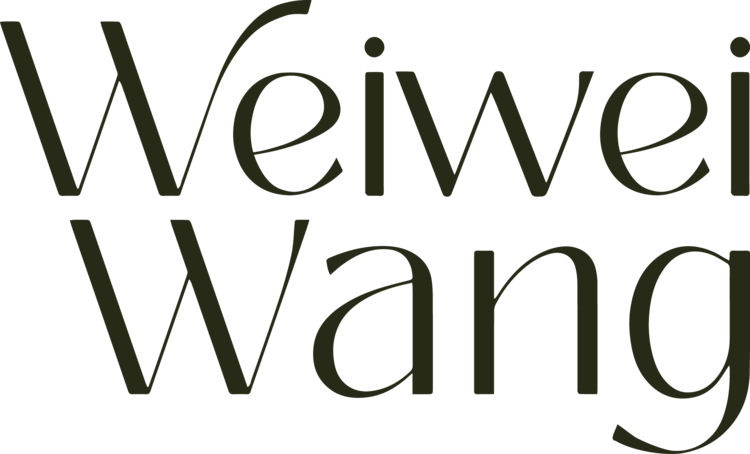Initial material experiments.
Workshop at Stephanus Werkstätten Berlin
Exhibiting at Milan Design Week.
Selling in pop-up shop by Folkdays in Berlin.
Pancake Project
A project by Be Able e.V.
Partnered with Stephanus Werkstätten Berlin
Team with Sara Ricciardi
Sponsored by Aktion Kulturalizanzen
Why
The project started as material experiments. Fascinated by the stunning picture ceramic slip forms itself on a flat surface, we started working together, exploring the nature and potential of ceramics. As experience accumulated, flat, white ceramic pieces gradually grew into colorful plates, each with a unique face. Indicating the working process, we named them “pancakes”.
Later on, we visited Stephanus-Werkstätten, a sheltered workshop in Berlin, Germany, where craftsmen with mental disabilities produce small series of products in various materials, including ceramics. We observed their repetitive and monotonous workstyle and wished to make a change.
In comparison to the usual techniques of working with ceramics, which require a high level of precision, the process of making “pancakes” is intuitive and forgiving, allowing one to express creativity with fewer obstacles.
And so we decided to share our secret recipe for meditative creation, and our experiments were extended to a non-profit project, the “Pancake project”.
What
We conducted two rounds of workshops, each lasting four days, and worked with 11 craftsmen at the sheltered workshop.
The first workshop was all about self-exploration, where the participants were encouraged to work freely with given materials and tools.
The second workshop was about narrowing down, where the experience from the first workshop was adapted to a sustainable production method.
Through the constant dialogue between materials and imagination, the participants created their own versions of “pancakes”, each whispering or shouting out its personal stories.
Piece by piece, “pancakes” form a beautiful landscape of diversity that questions our notion of normality and perfection.
Small series of “pancakes” were sold through pop-up shops or exhibitions.
How
We started the workshops with warming-up exercises, a briefing, and a technique demonstration. The approach proved to be effective. The warming-up section helped to build up bonding within the group, and the exaggerated body movements were good preparation for their expression with ceramics later on. In the briefing, we emphasized to the participants that it’s all about trying out new things and enjoying them, not about behaving well and doing a good job, and this did help them to be comfortable at working freely. Alongside the techniques that were demonstrated, the participants invented their own techniques as well.

